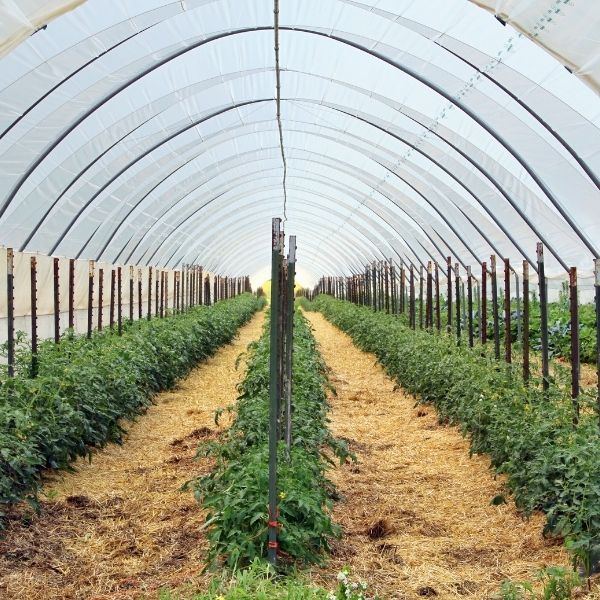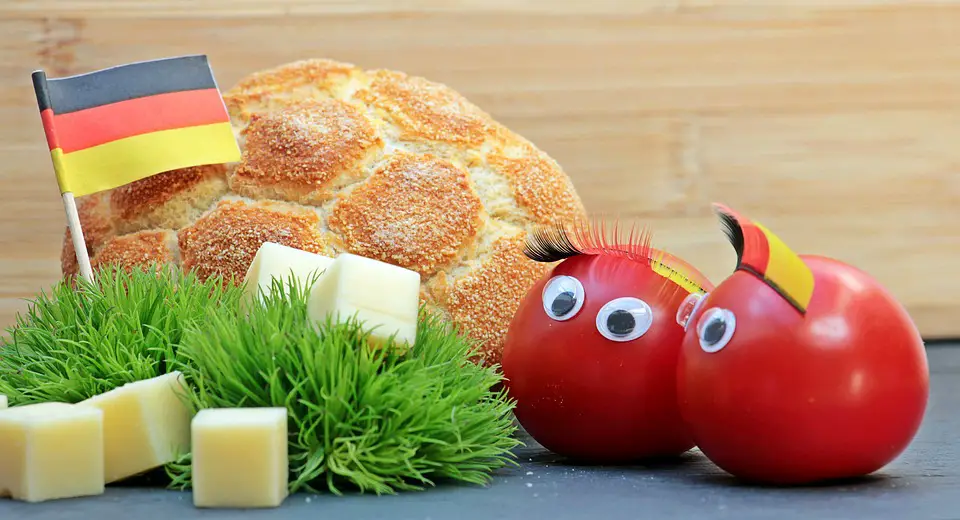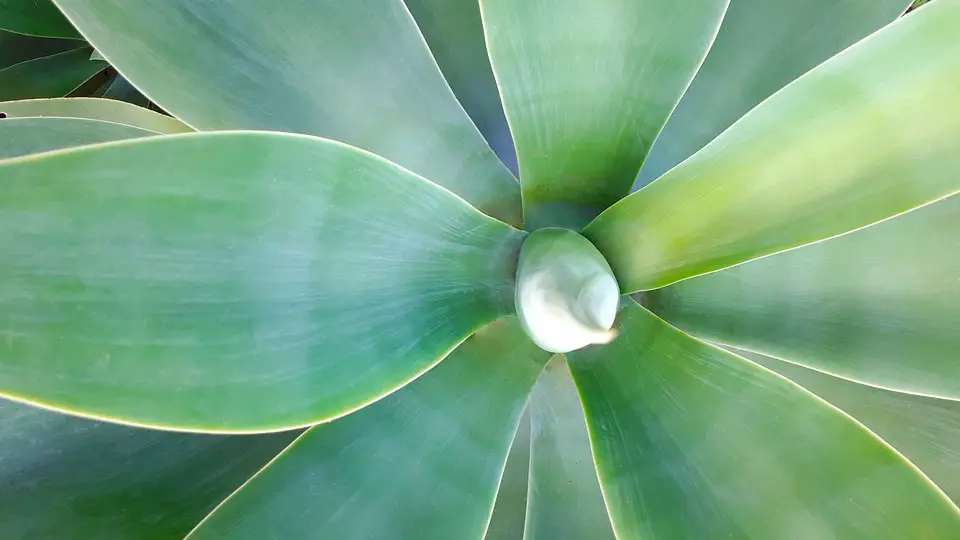If you’re a gardener, then you know that tomatoes are a warm-weather crop.
But what do you do if a cold snap hits and your tomato plants are in danger of getting cold?
Tomato plants will normally survive a cold spell providing that they do not get frosted. If you know that a cold snap is forecast then the best way to protect your tomatoes is to move them indoors or provide them with some artificial heat to keep them warm.
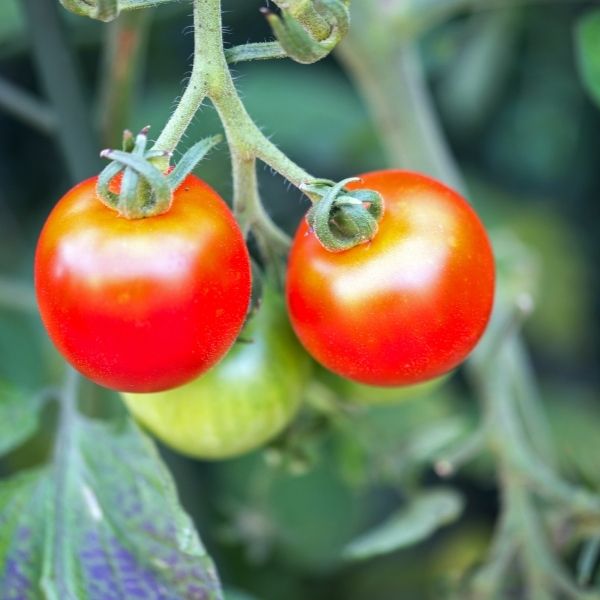
What temperature can tomatoes survive?
Tomato plants can survive a temperature as low as 50 degrees Fahrenheit, but they will start to show signs of stress at temperatures below 55 degrees.
If the temperature drops below 50 degrees, your tomato plants may die.
When considering the temperature it is also important to think about the wind conditions and other factors such as rain, snow or similar.
The combined effects of low temperatures, cold winds and precipitation can all be detrimental to tomato plants.
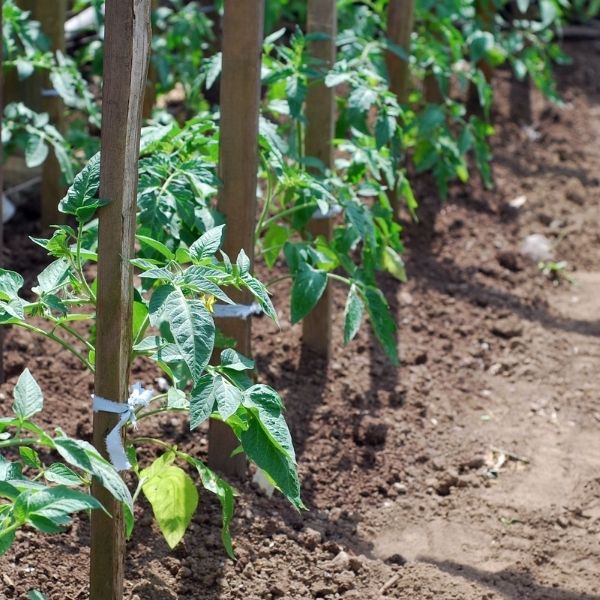
How can you protect your tomatoes from the cold?
There are several ways that you can protect your tomatoes from the cold:
* Move your tomato plants indoors to a warm area.
* Provide them with artificial heat, such as a heat lamp.
* Cover them with blankets or other protective materials.
* Wrap them in plastic sheeting to create a greenhouse effect.
Whichever method you choose, it is important to keep an eye on your tomato plants, if you are providing artificial heat, be sure to monitor the temperature closely and adjust the heat as necessary.
[amazon box=”B09BT8PVN7″ template=”horizontal”]
Use a cover to protect your tomato plants
One of the simplest ways to protect your tomato plants from the cold is to use a cover.
This can be anything from a sheet or blanket to a piece of plastic sheeting.
A cover will help to protect your plants from the wind and rain and will also provide some protection against dropping temperatures but it is important to make sure that the cover allows some ventilation to prevent condensation from forming on the plants.
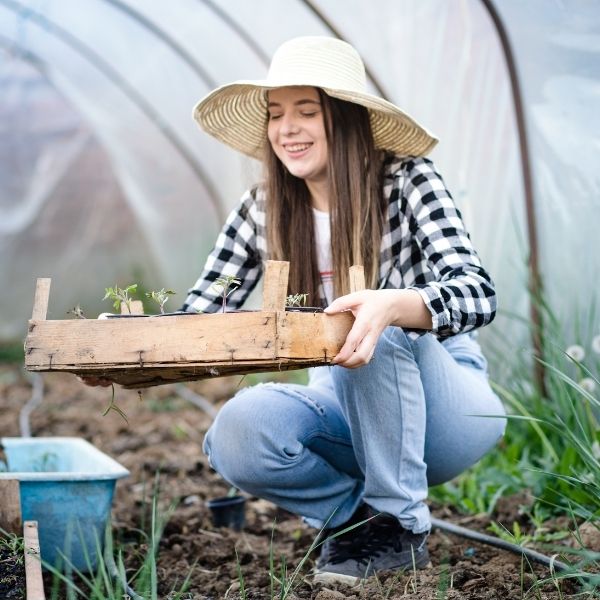
Wrap your plants in plastic sheeting
Another way to protect your tomatoes from the cold is to wrap them in plastic sheeting, think of it as putting a coat on your plants.
This will create a greenhouse effect and will help to keep the plants warm.
Make sure that you use a clear plastic sheeting so that the plants can still get some sunlight.
This should only be a very temporary measure and you should remove these covers as soon as possible to allow the plants to continue growing.
If temperatures are likely to remain low for a long period then you should look at other options such as moving the plants indoors or providing artificial heat.
Provide artificial heat
If you know that a cold snap is forecast and your tomatoes are in danger of getting cold, then the best way to protect them is to provide them with some artificial heat.
This can be done in several ways:
* Place the plants near a heat source, such as a radiator or heating vent.
* Use a heat lamp to provide direct heat to the plants.
* Place the plants in a heated greenhouse.
As soon as conditions improve you should remove the plants from the artificial heat and allow them to return to their natural environment.
It is important to monitor the temperature when providing artificial heat and to adjust the heat as necessary to avoid overheating and stressing the plants.

Watering your tomato plants can protect them from the cold
One final way to protect your tomato plants from the cold is to water them well.
Plants that are hydrated are more able to deal with cold weather than ones that are dry.
Use some lights to create warmth
Even a small string of solar lights gives off heat and if place beneath a plastic cover with your tomato plants, this type of light can create enough heat to protect your plants overnight.
Place the lights on the surface of the soil to allow the heat to rise through the plants.
Any form of light can work and the more powerful options will generate more heat.

Grow tomatoes that are suitable for colder weather
If you live in an area where cold weather is common, then you may want to consider growing tomatoes that are suitable for colder weather.
These tomatoes will have been bred to tolerate cooler temperatures and some even thrive in temperatures as low as 45 degrees Fahrenheit.
There are a number of different varieties of cold weather tomatoes available, so do your research and find the one that is best suited to your climate.
Final words
Tomatoes are a warm weather crop so it’s important to keep an eye open for drops in temperature and to be prepared to take steps to protect your plants.
There are a number of ways to protect your tomatoes from the cold and it’s important to choose the option that is best suited to your individual situation.
Temporary measures such as using a cover or wrapping your plants in plastic sheeting can help to buy you some time until the weather warms up again.
If colder weather is expected to last for an extended period of time, then you may need to take more permanent measures such as moving your plants indoors or providing them with artificial heat.

